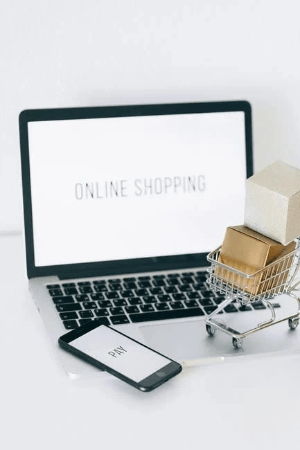Dynamic Pricing Ecommerce - 3 Steps to Dynamic Pricing Ecommerce
Dynamic Pricing Ecommerce - 3 Steps to Dynamic Pricing Ecommerce

Dynamic pricing ecommerce is a common practice in online retail. It works by identifying consumers based on their intent. For example, a person may want to purchase groceries on the island of Mallorca, but will pay more than if they were to purchase them on the mainland. By identifying these individuals and offering them different prices and products, dynamic pricing ecommerce completes the sales cycle and increases margin. The most important aspect of dynamic pricing is segmentation. More segments, the more control and personalisation an online retailer can have. Explore more wisdom about ecommerce d2c.
With dynamic pricing, businesses can easily understand their customers' shopping patterns and build a more accurate pricing strategy. They can also know about competitors' prices and adjust prices based on that information. By adjusting prices according to this information, businesses can gain market dominance. The key to successful dynamic pricing ecommerce is to learn from these examples. And remember that you cannot go wrong with these three-step steps: One of the most important considerations when adopting dynamic pricing ecommerce is how often you will need to change prices. While the most obvious way to react to market changes is by modifying prices regularly, it is not sufficient. The competition is fierce and the customer experience is constantly changing. To maintain a profitable and stable ecommerce strategy, regular evaluations of pricing strategies are crucial. Most ecommerce businesses do not have the time to implement new software platforms and pricing models. To remark the understanding about first-party-data, visit the link. Dynamic pricing ecommerce requires an algorithm that will calculate a price based on sales volume and stock levels. The price of a product depends on the price perception of consumers, and if it is below the competition's, the product will sell. As long as the key-value identity module is on target, dynamic pricing will boost sales. So, make sure to keep the key-value identity module on target and you will see your sales increase in no time! Dynamic pricing should be disclosed clearly to the customer in your Terms and Conditions and other marketing communications. Customers will gradually adjust to price changes and will eventually adjust their buying behavior accordingly. Just remember to not squeeze customers and never use dynamic pricing to manipulate your pricing. They may think that it is unfair or even deceptive. And they might just be right. But don't make it worse by exploiting your customers' vulnerability. If you're not careful, dynamic pricing can cost your business dearly. Increase your knowledge through visiting this site https://www.huffpost.com/entry/future-of-ecommerce-for-small-business_b_4862514. Remember to set your goals before you start experimenting with dynamic pricing. It's best to define your company's goals, identify your audience and your target market. It's important to remember that there is no such thing as perfect dynamic pricing. However, you should always try your best to learn as much as you can about pricing and stay focused on your goals. That way, dynamic pricing ecommerce can maximize the potential of your business.